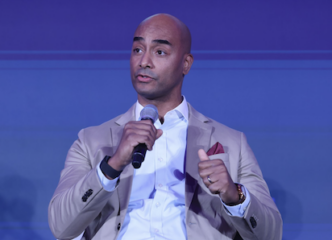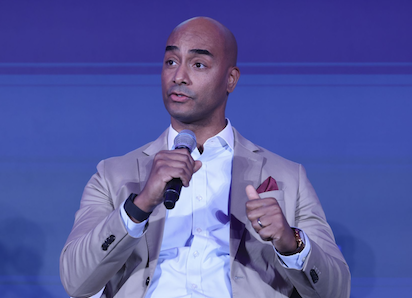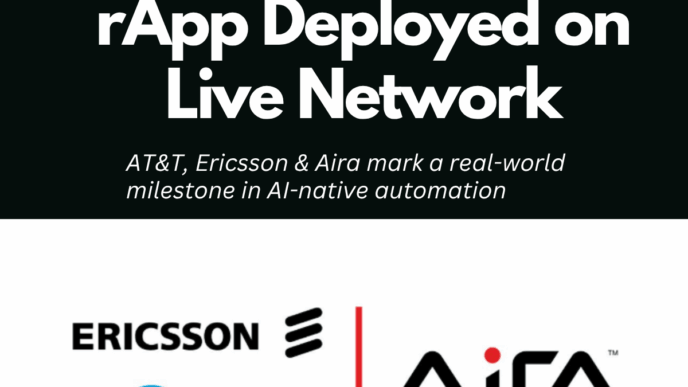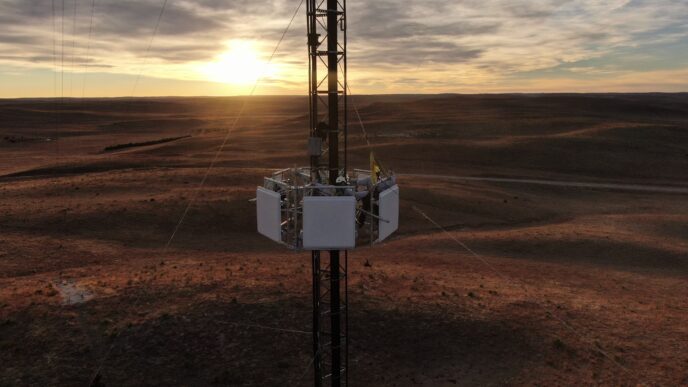At first glance, the Pentagon’s recent remarks about 6G sound like just another headline about national security and advanced tech. But if you read between the lines, you’ll see something else: a challenge to the entire wireless industry.
The conversation unfolded at the recent #ElasticGovSummit, during a panel on next-generation security moderated by Jennifer Nowell, AVP of Federal Civilian Sales at Elastic. Among the panelists:
- Marlan Macklin, Deputy Principal Director, FutureG Office, U.S. Department of Defense
- Manuel “Manny” Medrano, Director of Cyber Monitoring & Operations, U.S. Department of State
- Justin Senseney, Collaboration Services Lead, NIST
The panelists discussed a range of modernization efforts—from BOD 25-01 to Zero Trust and cross-agency collaboration. But it was Macklin who dropped what might be the most important cue for the wireless world.
“We’re looking at the idea of integrated sensing and communications,” Macklin said, “to be able to detect drones that are entering into the network.”
Reality Is Catching Up Fast
This might have sounded ambitious a year ago, but today it’s aligned with what’s already happening on the ground. Just days after MWC Barcelona 2025 wrapped up, Tiami Networks, led by Amitav Mukherjee, announced a Memorandum of Understanding (MoU) with Thales Defense & Security, Inc. to co-develop ISAC solutions for U.S. government programs.
“We’re combining PolyEdge’s AI-powered 5G passive sensing with Thales’ expertise in tactical networking, radar, and defense systems,” said Mukherjee on LinkedIn. “Together, we aim to deliver next-generation situational awareness solutions for DoD programs, government applications, and commercial markets.”
This comes on the heels of Tiami’s earlier MoU with Airspan Networks. These aren’t press release partnerships—they signal the formation of a dual-use innovation layer for sensing-enabled wireless infrastructure.
Among the priorities Tiami outlined:
- Passive sensing via 5G (without GPS or overt surveillance)
- AI-powered RF situational awareness
- Low-probability-of-detection communications
- Security and logistics support for defense and public safety use cases
This is what real movement looks like. The Pentagon is signaling from the policy summit stage. Industry is already building.
Sensing Is No Longer a Side Project
For years, sensing capabilities have sat on the periphery of telecom conversations—academic, futuristic, somewhat exotic. But the announcements this month bring that conversation into operational territory. The shift from connectivity to context is underway.
Let’s be clear: this evolution has profound implications.
- Regulatory: Can spectrum governance keep pace with dual-use sensing, or will we see conflict between civilian norms and defense prerogatives?
- Security: How do we validate and audit AI-based sensing models before they’re deployed on infrastructure that’s both public and mission-critical?
- Interoperability: Will the sensing fabric be open or fragmented—by vendor, region, or political boundary?
Whose Network, Whose Logic?
There’s also the question of control. As 6G infrastructure gets smarter—sensing, classifying, reacting in real time—who defines the parameters of what’s sensed and why?
Sensing isn’t like latency or throughput. It’s interpretive. It requires rules, thresholds, and intent. The wireless industry needs to develop not just the signal processing—but the governance around it.
Are we ready?
And more importantly, are we being included in these early-stage conversations—or just expected to support them after the fact?
From Prototype to Policy
If this is where 6G is going—toward ISAC-enabled infrastructure that supports national security, logistics, and intelligent operations—then we need to connect the dots now:
- R&D roadmaps must factor in sensing as a baseline, not a fringe add-on.
- Standards bodies should be working to ensure cross-domain and cross-border interoperability—especially where public and defense interests meet.
- Pilot programs must move beyond technology demos and into operational simulations that stress-test these systems under real-world constraints.
We cannot afford a repeat of earlier generations, where trust, ethics, and explainability were afterthoughts.
Final Thought
When Marlan Macklin said the DoD won’t need new antennas or new spectrum to detect drones, he wasn’t just being efficient. He was being strategic.
What the Pentagon is betting on is the intelligence layer—that the real value of 6G won’t come from hardware refreshes, but from how we interpret and orchestrate the environment around us.
The message is clear: sensing is no longer speculative. It’s expected.
The only question is whether the rest of the ecosystem is ready to build—and govern—what comes next.














